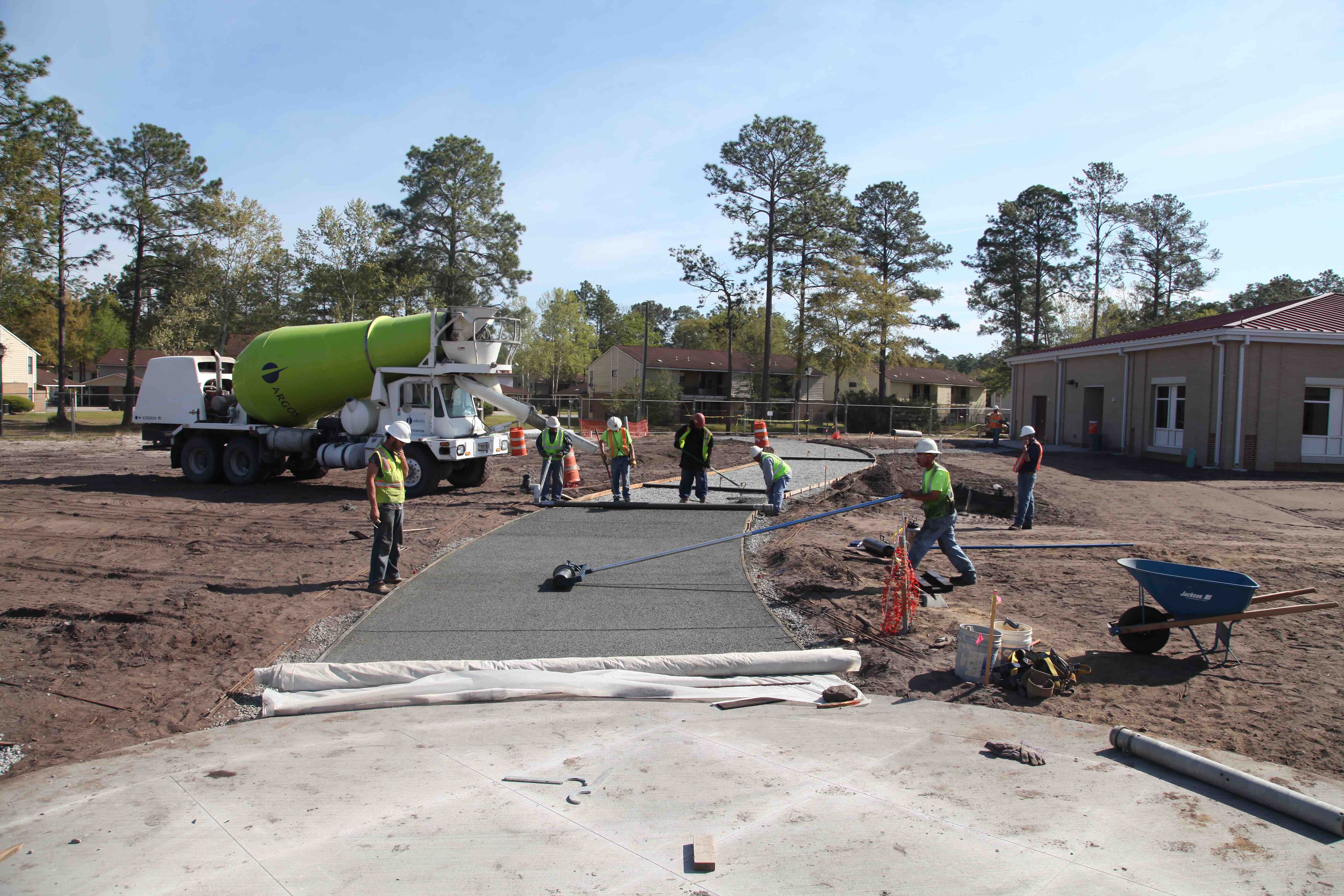Have a story idea
Have a story idea? Send it to us here.

Source : Army Corps of Engineers
October 24, 2023
Author : Patty Allen
The construction industry is known to be labor-intensive, employing over 7.5 million workers countrywide. Of late, most industries have been actively implementing Diversity and Inclusion (D&I) measures, and construction should be no different. The hope is for this to impact not just on the ground-level workers but also among top level management.
The construction industry is the least diverse sector in the US. According to the Bureau of Labor Statistics, women comprise only 9.9% of construction professionals. In terms of race, 30.7% of professionals in the industry are Hispanic or Latino, 6.2% are black, and 2% are Asian.
The Equal Employment Opportunity Commission issued a report showing that hate and bias are commonplace at construction sites. "Discrimination remains a substantial barrier to entry, retention, and advancement of women and people of color in construction decades after the Civil Rights Act of 1964."
However, the federal, state, and local government is encouraging more inclusion by undertaking Disparity Studies, making reservations for small minority and women-owned enterprises (M/WBE), and networking opportunities between prime contractors and M/WBEs.
The US-based construction firms are working towards ensuring more people of diverse backgrounds work there. Construction companies are attempting to represent this country's population in their executive suite and at street level with their tradespeople.
A diverse workforce has been found to result in high productivity, creativity, and innovation. This is why most construction companies keep searching for methods of recruiting more women, people of color, and other types of minority groups.
Also, the construction sector faces one of the worst recorded labor shortages, with many baby boomers retiring, further hastened by the recession and the pandemic-induced lockdown. This has impacted project deadlines and costs.
For instance, in Indianapolis, construction projects worth $9.5 billion would be happening over the next decade, with over two dozen projects of $100 million or more slated for the next 5 years. This has opened opportunities for diversity in contractor hiring.
Prime contractors must follow the XBE rule when hiring sub-contractors, failure to which they will be penalized by the administration. This is done in a bid to promote D&I. The XBE goals include hiring 15% of MBEs, 8% of WBEs, 3% of Veteran-owned businesses, and 1% of disabled-owned companies.
But the industry is not sitting duck, and several measures have been taken to right the wrongs, like the introduction of the Construction Inclusion Week. This helps to create awareness and start conversations about inclusion efforts among contractors, sub-contractors, and suppliers.
The generational IIJA funding also works to transform communities that have been historically neglected.
Construction companies are now learning about unconscious bias, how best to implement D&I initiatives, and why equality is necessary for growth.
There must be proper representation at the management level to encourage more women and people of various races and colors to join the workforce.
Women now hold around 13% of all construction businesses, a 94% increase since 2007. Only around 9% of women-owned construction enterprises earn more than $500,000 per year, so there is much possibility for development in both the number of women-owned businesses and their revenues.
Hispanic women exceeded White women working in construction in the United States in 2020. Most Hispanic women who enter the construction industry work on the job site rather than in an office.
To foster a D&I environment in this sector, businesses must ensure the following:
Cliff Cole, VDC Director at PENTA Building Group, explains, "We have the new generations coming into the industry. We need to be able to have changed. And that change comes through diversity, equity, and inclusion. It really is a business strategy. It will make each business better, which will ultimately make the industry better."
It is a business imperative to recruit talent from underrepresented communities. Willis Towers Watson, a global consultancy firm, believes low labor diversity will be a top 20 risk for construction firms until 2027.
Melvin Gravely, CEO of Cincinnati-based TriVersity Construction, advocates for a 3-pronged approach to beat racism in construction sites. First, he proposes that diversity should be a default feature; secondly, there must be proper representation in the top tiers of a construction company. And finally, there should be proper reporting and measurement of the D&I goals.
Is your company following D&I practices across positions?
Category : Diversity Outreach Market Watch
